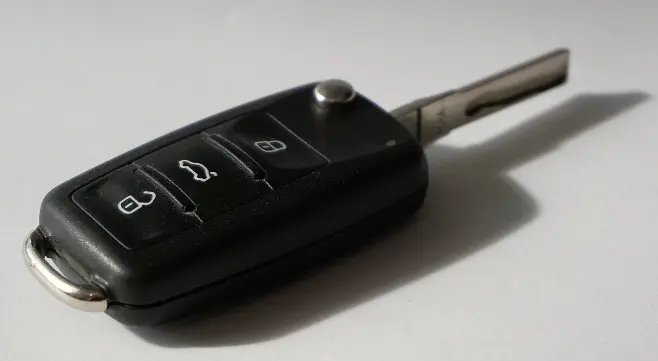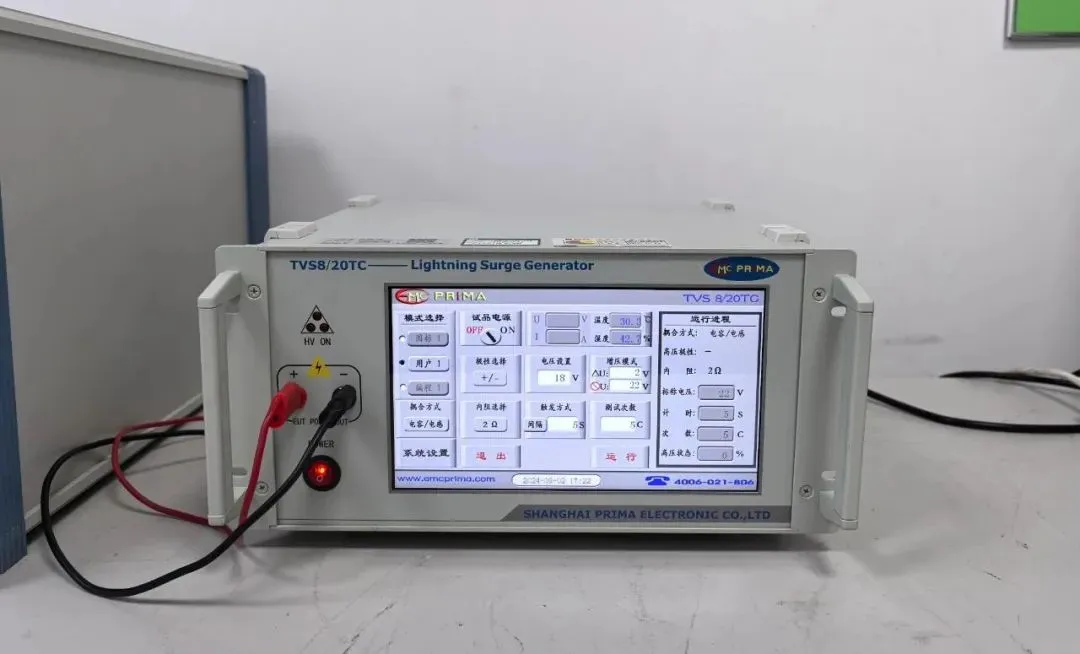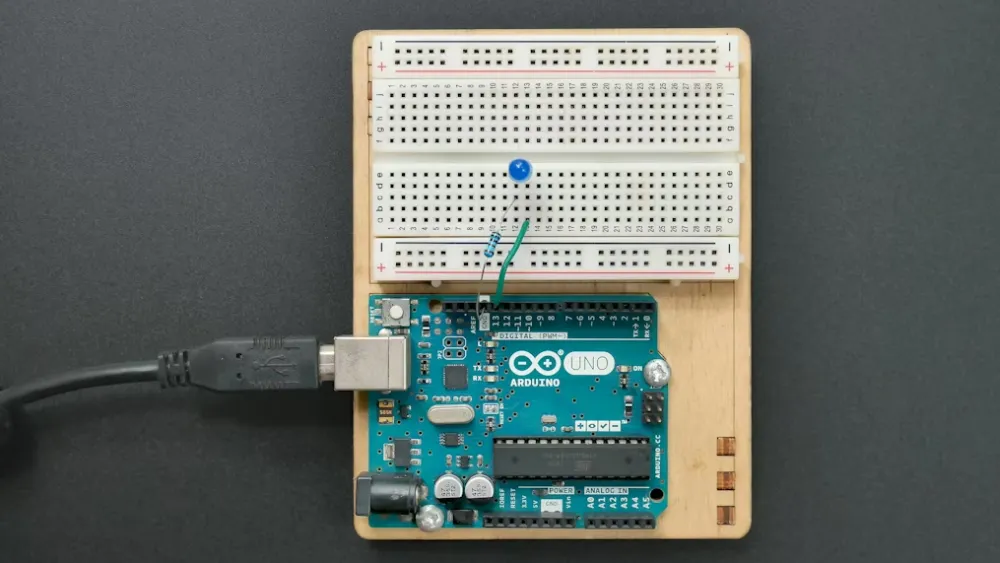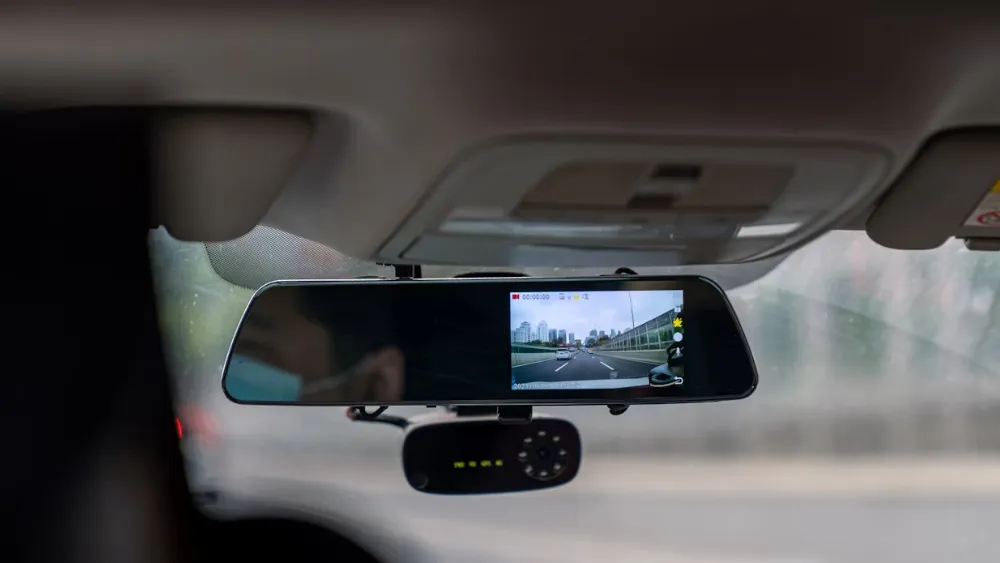
Remote Control GCC Certification UL4200A Testing
The ul4200a testing for remote controls mainly includes the following aspects:

Scope and Purpose of the Standard:
- Scope:
ul4200A applies to consumer (home) remote control products equipped with button-shaped lithium batteries with a diameter ≤ 32mm, where the diameter is greater than the height. However, additional requirements may exist in the standards for certain terminal products. This standard does not apply to children's toys for those under 14 years old that have already met the toy standards.
- Purpose of ul4200a standard:
The main purpose is to REDuce the risk of children swallowing button batteries, as well as to ensure that the product does not pose hazards to people or the environment during daily use, thus ensuring consumer safety.
Design and Structural Requirements:
- Battery Protection Design:
For products with "user-replaceable or movable batteries," when testing with IEC61032 probe 11, the battery shoULd not be accessible. If the casing can be opened without tools, or with less than two independent and consecutive movements, it must be opened during inspection.
The design must prevent children from moving the battery, for example, requiring tools (like a screwdriver or coin) to open the battery compartment or at least two independent, consecutive actions to open the battery compartment cover or door. If the battery compartment cover or door is fixed with screws or similar fasteners, the fasteners must be captured on the cover or door.
- Battery Fixing Method:
For "non-replaceable or non-movable batteries," the design must effectively prevent removal by the user or children. The product must be designed so that the battery cannot be accessed via the casing or similar methods, or the battery must be fully fixed using welding, riveting, or similar means.
Performance testing Requirements:
- Drop Test:
Portable remote control products are typically required to undergo 3 drops, each from a height of 1 meter onto a horizontal hard surface.
- Impact Test:
The casing or battery compartment cover/door must withstand an impact of 2J, tested 3 times.
- Crushing Test:
A force of 330N is applied to the exposed surface for 10 seconds, with the force distributed over an approximate 100mm x 250mm flat surface.
- Abuse Test:
- Installation Strength Test:
For "non-replaceable or non-movable batteries," a hook is used to apply an outward force of 20N for 10 seconds, and the battery must not be detached.
- Electrical Performance Test:
Evaluate the electrical insulation performance and leakage current of the remote control to ensure there is no risk of electric shock under normal and abnormal conditions.
Marking and Instruction Requirements:
- Product Marking:
The remote control should carry relevant warning labels, explaining the potential dangers of batteries, the harm that swallowing a battery may cause, and the necessity of immediate medical attention in case of an emergency.
- Packaging Marking:
The product packaging must also include appropriate warning information and instructions.
Certification Process:
1. Submit Application Form:
The company submits the application form to the UL certification body or its recognized laboratory, providing detailed information about the remote control product.
2. Provide Samples:
Send the remote control samples to the designated laboratory (China JJR Laboratory) as required.
3. Arrange Testing:
The laboratory conducts various tests on the sample, including structural, performance, and labeling tests.
4. Draft Test Report:
If the test results meet the UL4200A standard, the laboratory will issue a draft test report.
5. Confirm Official Report:
After the company confirms that the draft test report is correct, the laboratory will issue the official UL4200A test report and certification.
Certification Timeline and Fees:
- The entire UL4200A testing process typically takes about one week.
- The fee is 698 USD.
- There are discounts available for testing multiple products.
- For specific testing requirements and processes, please communicate with our engineers.
Email:hello@jjrlab.com
Write your message here and send it to us
 EU Walkie-Talkie Testing Standards (30MHz–1000MHz)
EU Walkie-Talkie Testing Standards (30MHz–1000MHz)
 EU Compliance Certification Requirements for Tread
EU Compliance Certification Requirements for Tread
 EU Amazon & TEMU Compliance for Wireless Produ
EU Amazon & TEMU Compliance for Wireless Produ
 Bluetooth BQB Compliance Protocol Testing
Bluetooth BQB Compliance Protocol Testing
 Audio-Visual Equipment CE EN 62368 Testing Process
Audio-Visual Equipment CE EN 62368 Testing Process
 Amazon Portable Power Station Direct Validation Gu
Amazon Portable Power Station Direct Validation Gu
 What is the Japan PSE JIS C 62368-1:2020 Test
What is the Japan PSE JIS C 62368-1:2020 Test
 JIS C 62368-1 Electrical Safety Testing Standard
JIS C 62368-1 Electrical Safety Testing Standard
Leave us a message
24-hour online customer service at any time to respond, so that you worry!




